10 Rarest Lizard Species In The World
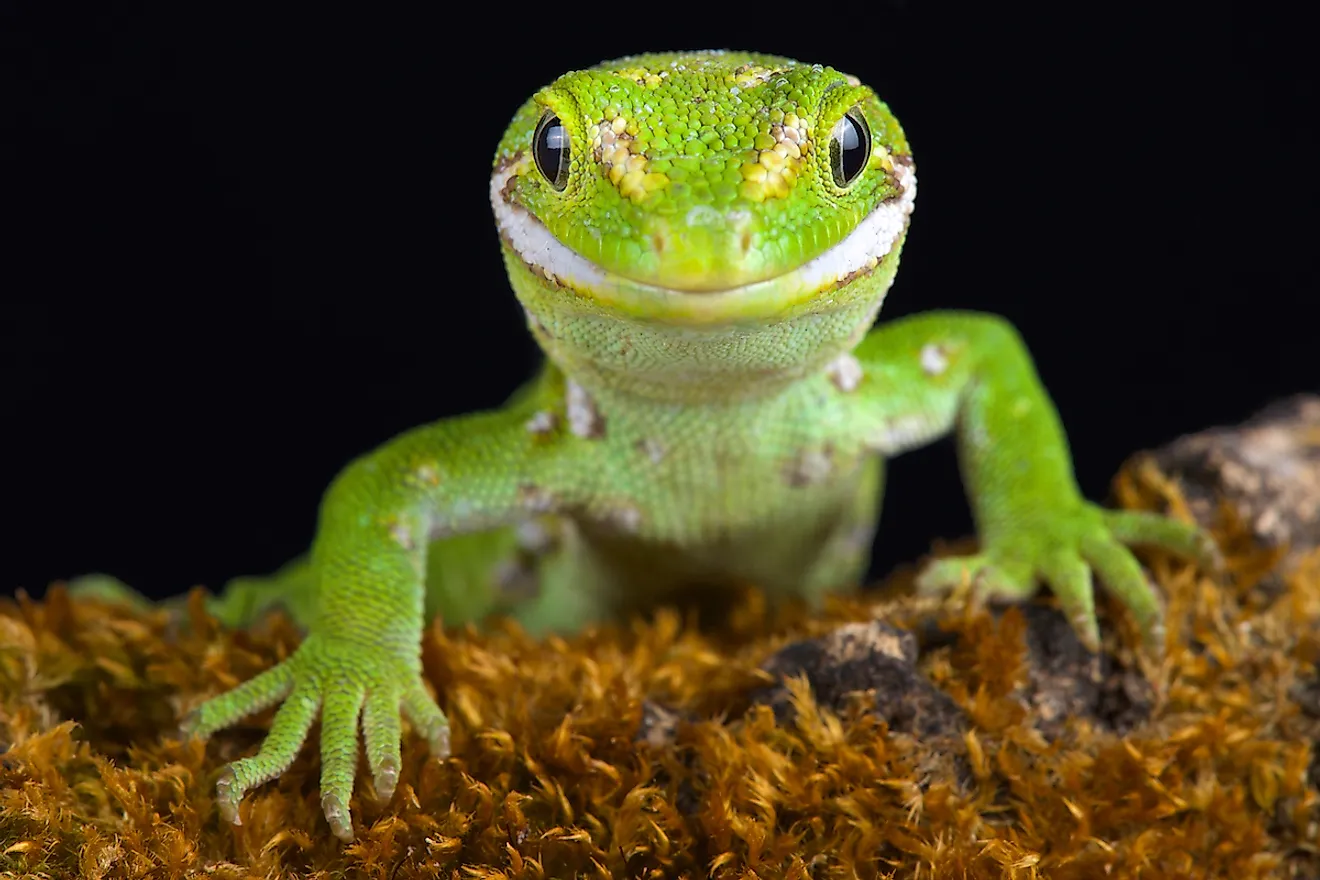
- New Zealand is home to numerous lizards, which are still being discovered and studied.
- The hidden dragon camouflages so well in its environment it can go years without being seen.
- The Chesterfield skink can regrow its tail but it will not have the original pattern.
Reptiles come in many shapes and sizes. Lizards, a form of reptile, have scaly or spiny skin, as well as a long body and tail, four legs and movable eyelids. They can exist in a variety of environments including prairies, marshes, deserts, rocky environments and forests, to name some, and there are said to be over 4,675 lizard species now living.
These creatures are cold-blooded, meaning they do not produce their own body heat and must sit in the sunshine on a warm rock in order to heat themselves up.
What are some of the rarest lizards on Earth? Here is a look at ten you would be lucky to find in the wild.
10. Guatemalan Bearded Lizard
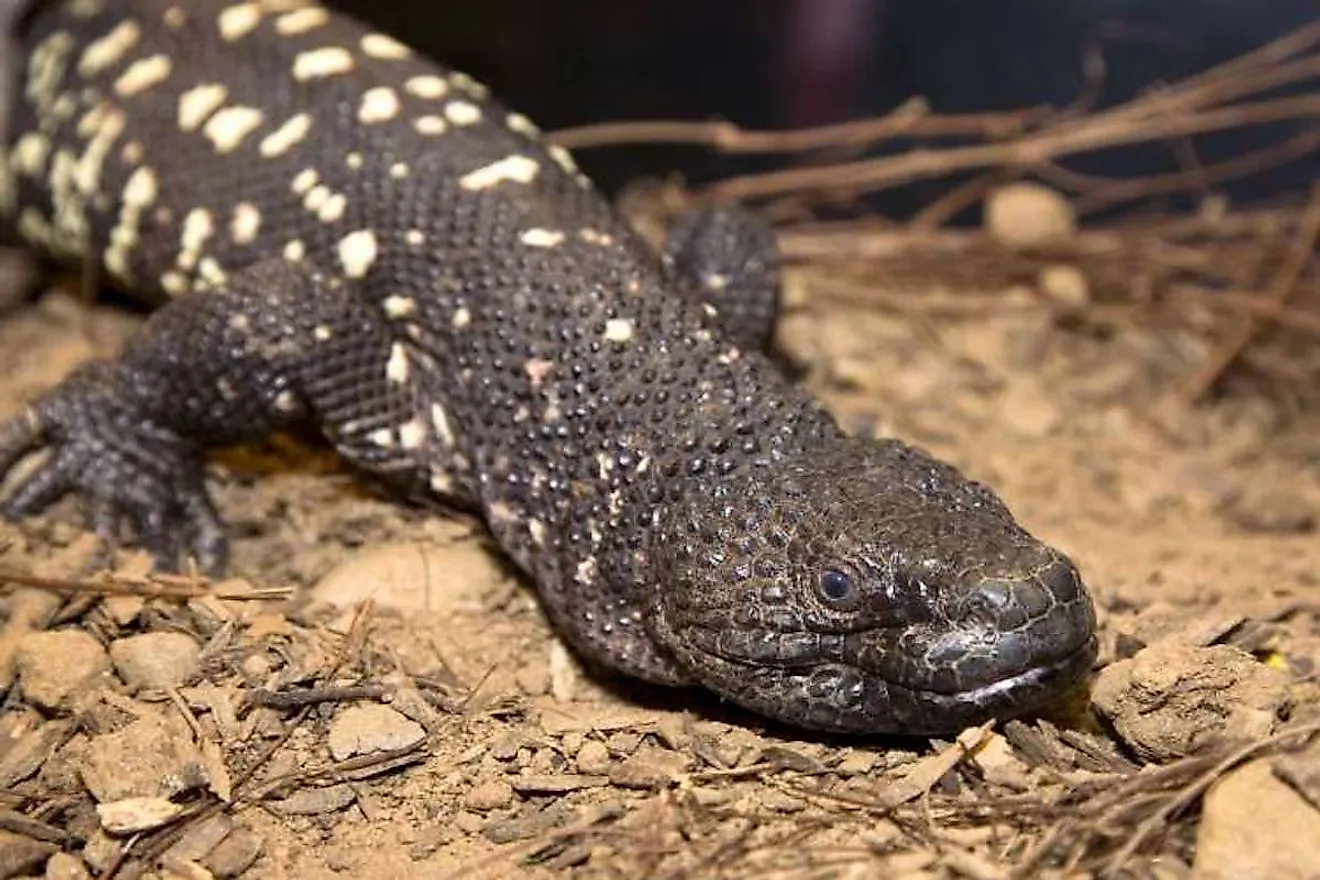
This lizard lives in only one place on Earth. It inhabits an isolated piece of desert in Guatemala. It is venomous and was discovered by scientists back in the 1980s, but has been well-known to local people living near its home for a long time.
9. Psychedelic Rock Gecko
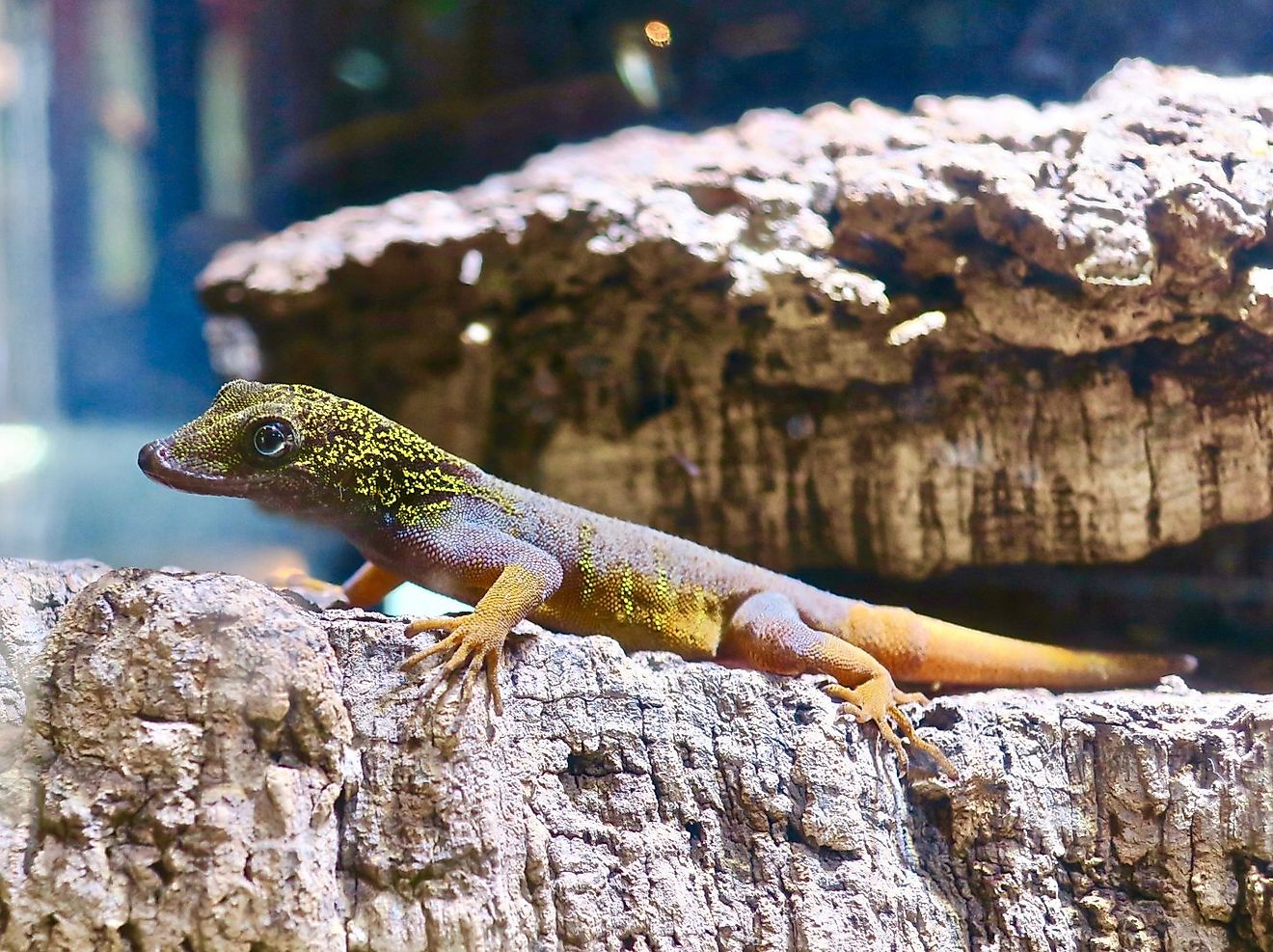
This gecko hails from an island in Vietnam called Hon Khoai Island, and it inhabits a space that is said to be just 300 square meters (984 square feet) large. It is estimated there are only about 500 mature psychedelic rock geckos now in the wild. These colorful critters look more like a candied lizard than the real thing, and can be caught sunning themselves on rocks and tree branches in the Vietnamese rainforest.
8. Jewelled Gecko
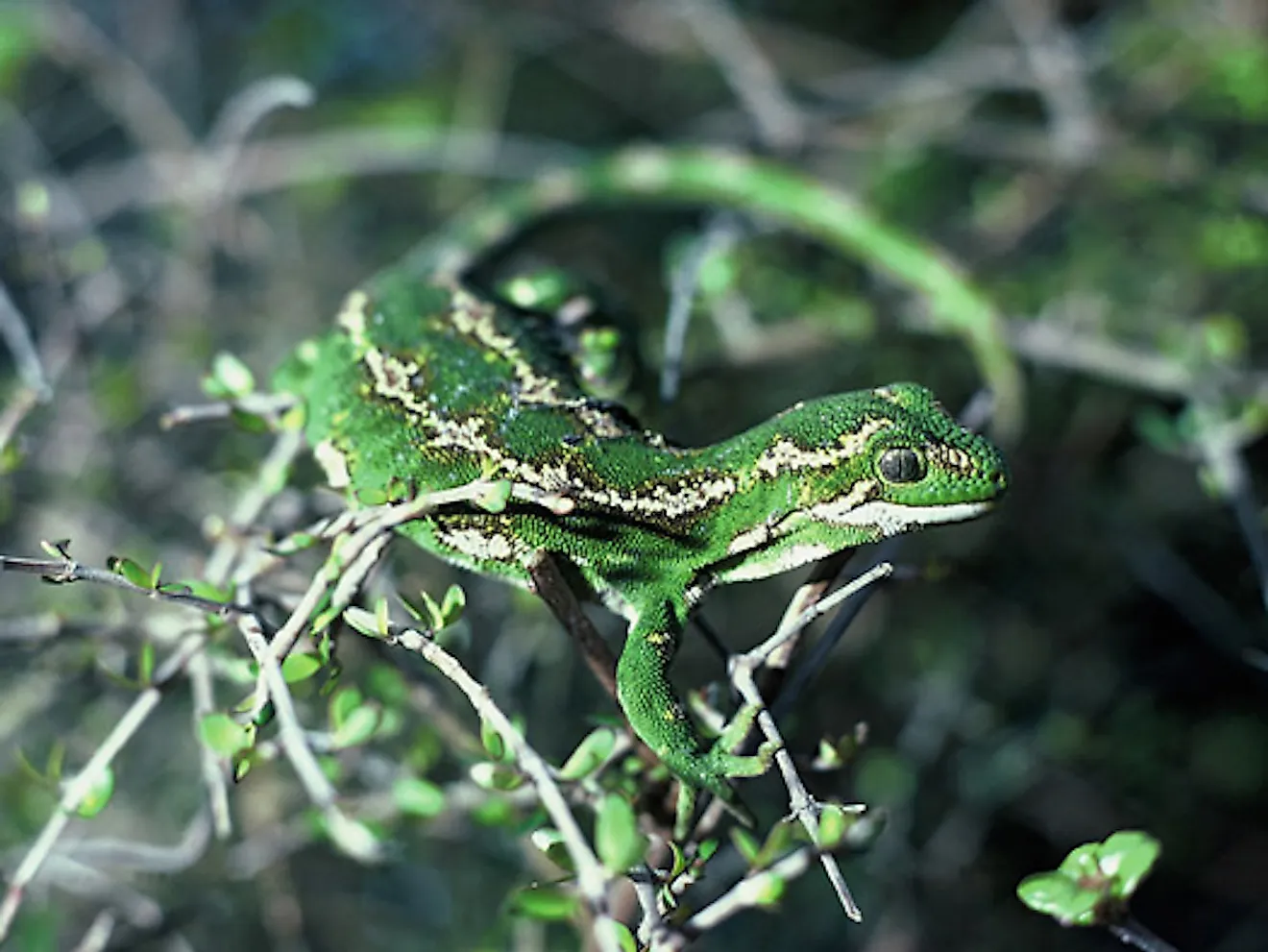
Native to the south island of New Zealand, the jewelled gecko is brightly colored and patterned. It can have stripes or diamond-shaped patterns on its back, and they are known to live a long time. Unfortunately, smugglers have been taking these creatures out of New Zealand in recent times in order to sell them abroad as exotic pets, causing their numbers to drop in their native land.
7. Canterbury Grass Skink
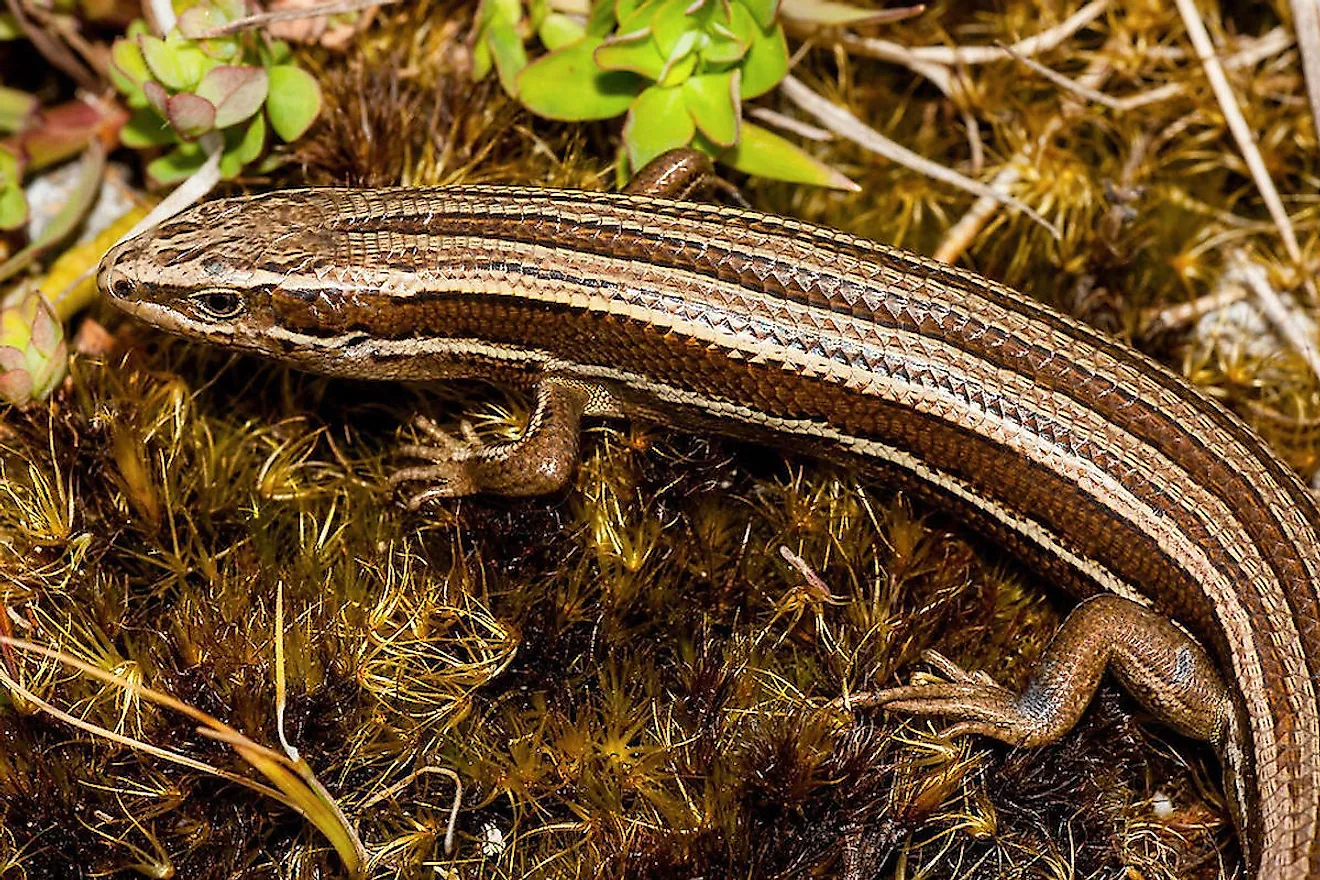
Another lizard native to New Zealand, the canterbury grass skink likes to live in forested areas, as well as rocky habitats. It is diurnal and as such, hunts during the day. This skink is brown and striped almost like a snake, and sheds its scales one at a time.
6. Chesterfield Skink

Described as extremely rare, the chesterfield skink is found only on the west coast of New Zealand in an area that is smaller than one hectare. This species was first discovered in 1994. It is so rare that up to seven years is said to have gone by between sightings. Its beautiful coloring mixes copper with green, gold and black for a unique look. It can regrow its tail if it loses it, but the new one will not have its original pattern.
5. Gray’s Monitor Lizard
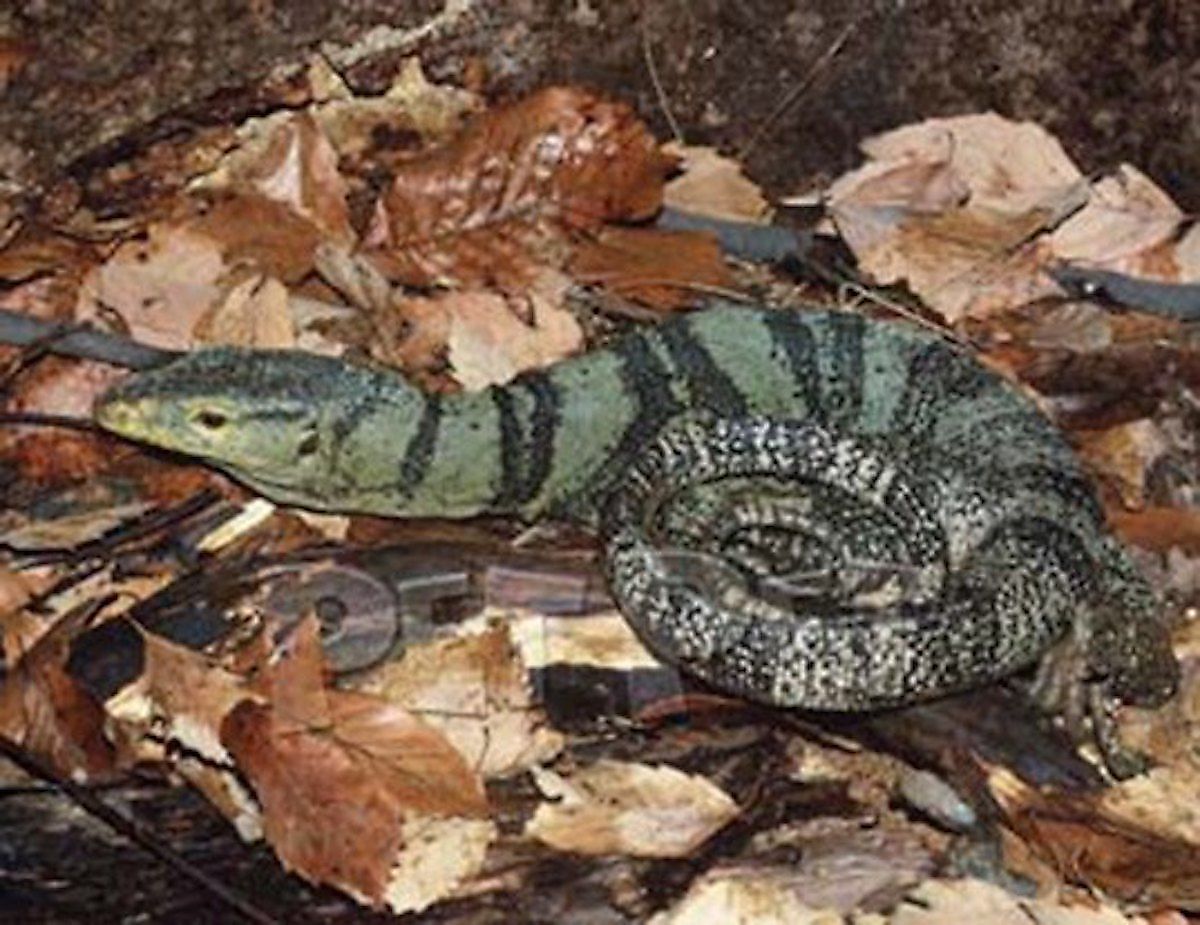
This rare lizard is found living only on a few select islands in the Philippines. It can grow to be quite long-about 5 feet (1.5 meters)- and it lives on a diet of fruit, unlike many lizards who eat meat. Authorities are not entirely sure how many gray’s monitor lizards may now exist in the wild, but numbers are thought to be low. This species is listed as being vulnerable by the International Union for Conservation of Nature.
4. Hidden Dragon
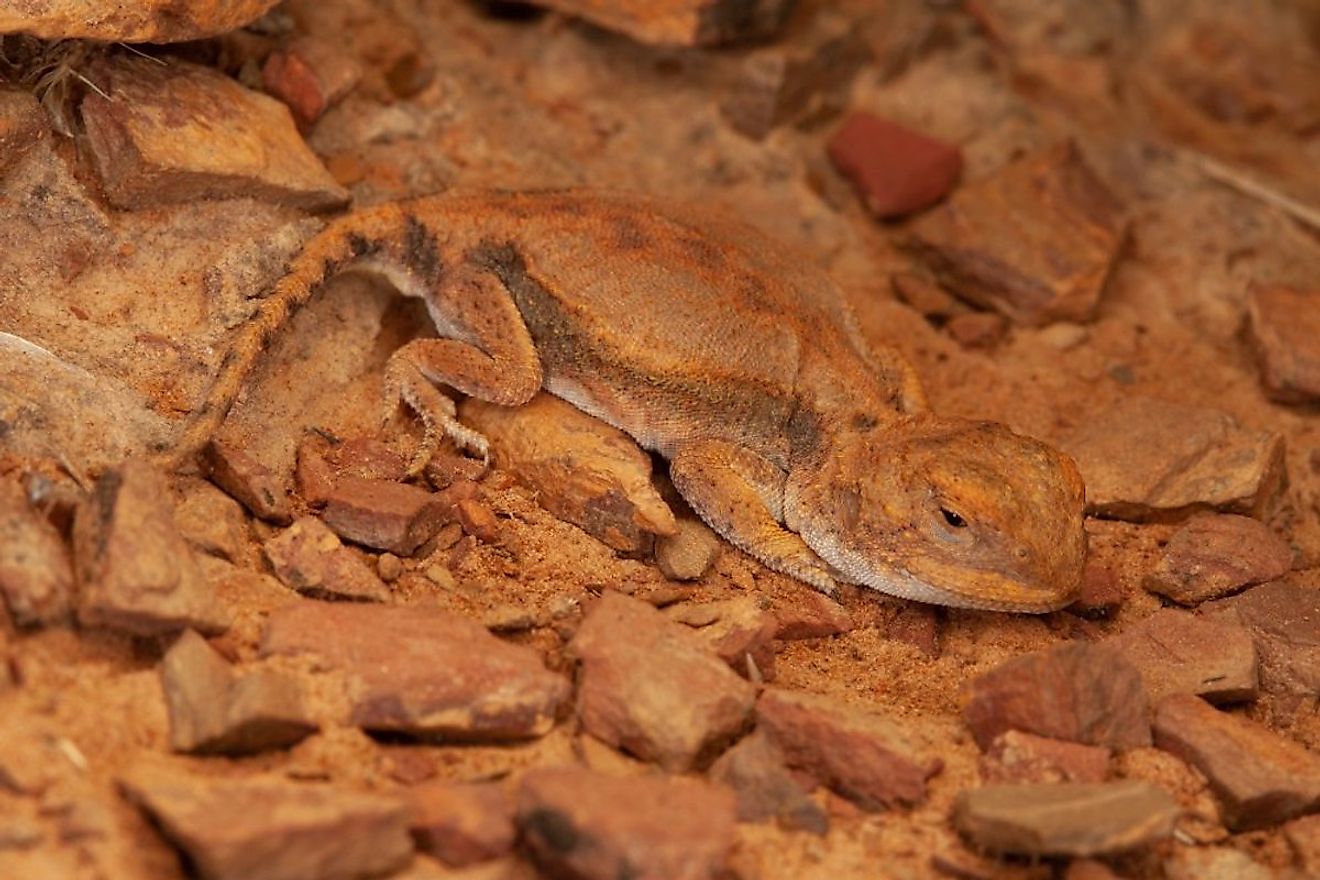
The Hidden Dragon lives in western Australia’s Kimberley region and can camouflage itself very well, giving its name good meaning. A dusty brown coloring allows this lizard to blend in almost seamlessly with its rocky environment. It is very elusive and can go for years-even decades-without being seen by botanists.
3. Dunes Sagebrush Lizard
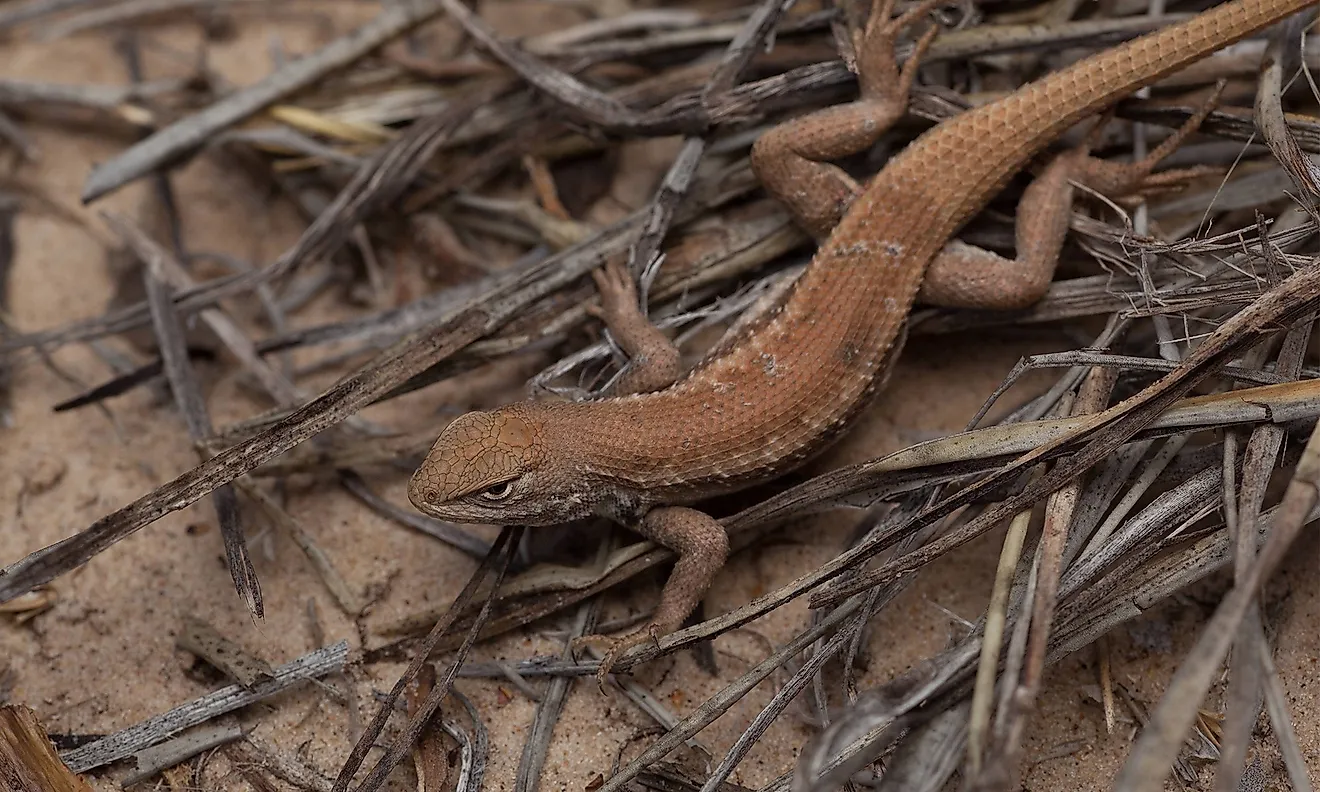
This pale lizard lives only in the shinnery oak sand dunes of southeast New Mexico, and in a few counties in Texas. The dunes sagebrush lizard is like the hidden dragon in that it is very well camouflaged to hide in its living space, being colored a light brown that matches the surrounding sand and rock.
Oil and gas development in the US threatens this lizard’s habitat and it is currently listed as endangered by the New Mexico Department of Game and Fish. It has also been considered for listing under the Endangered Species Act by the US Fish and Wildlife Service since 2001.
2. Culebra Island Giant Anole
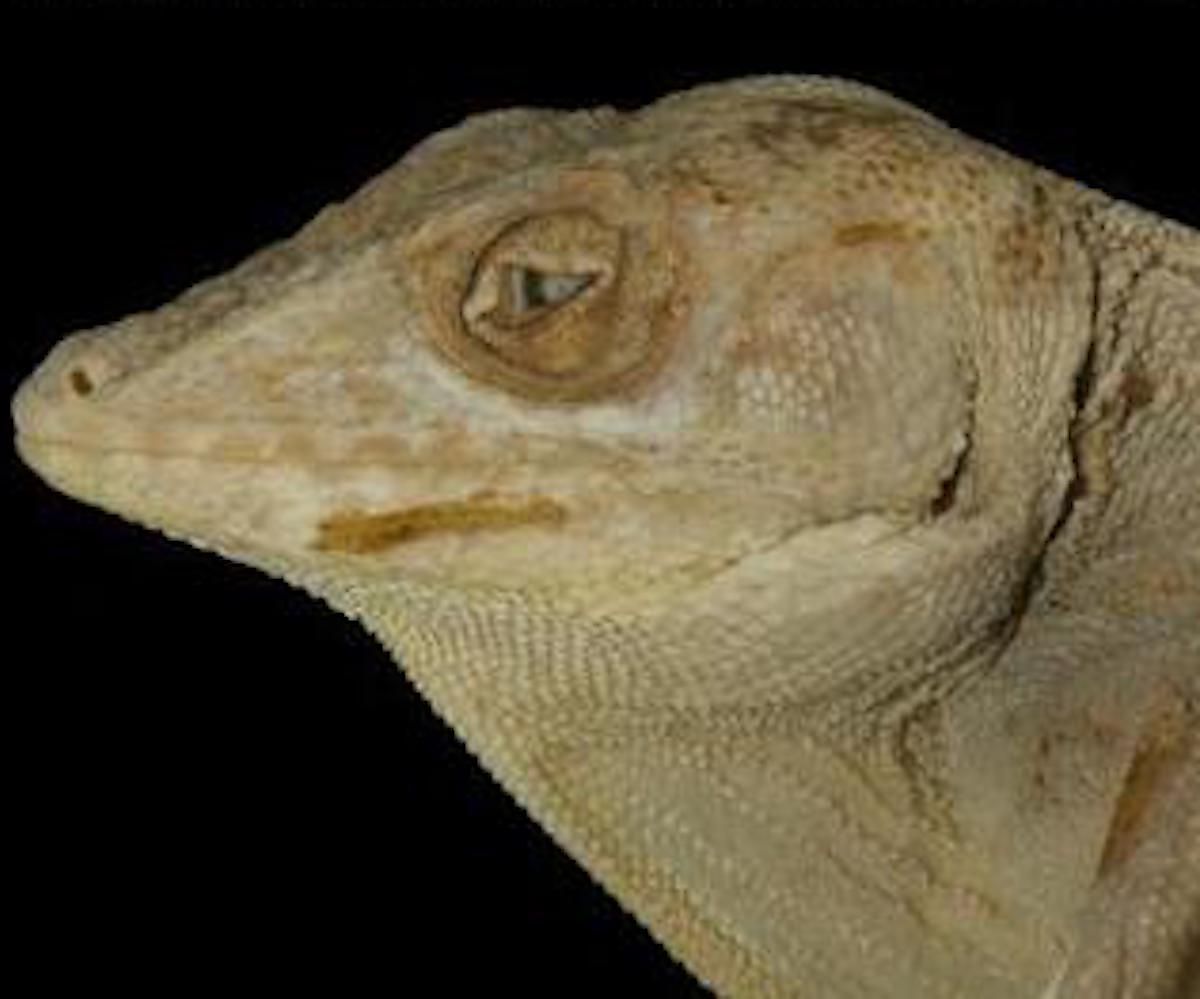
This lizard is known to be endangered, and some go so far as to claim it is extinct. The Culebra Island giant anole has not been sighted since 1932 in its native Puerto Rico. It is thought that deforestation in Culebra may have caused its loss, or that feral cats have preyed on it too much, causing it to die out. Should it still exist, it would be one of Earth’s rarest lizards.
1. Open Bay Islands Gecko
Another lizard that is native to New Zealand, this one is also listed as threatened and has a status of Nationally Critical in its homeland. It is one of about 39 geckos now known to be living in New Zealand. Not much is known about many of the geckos in this country, and on-going efforts are being made by researchers to document more about them before they may disappear.











